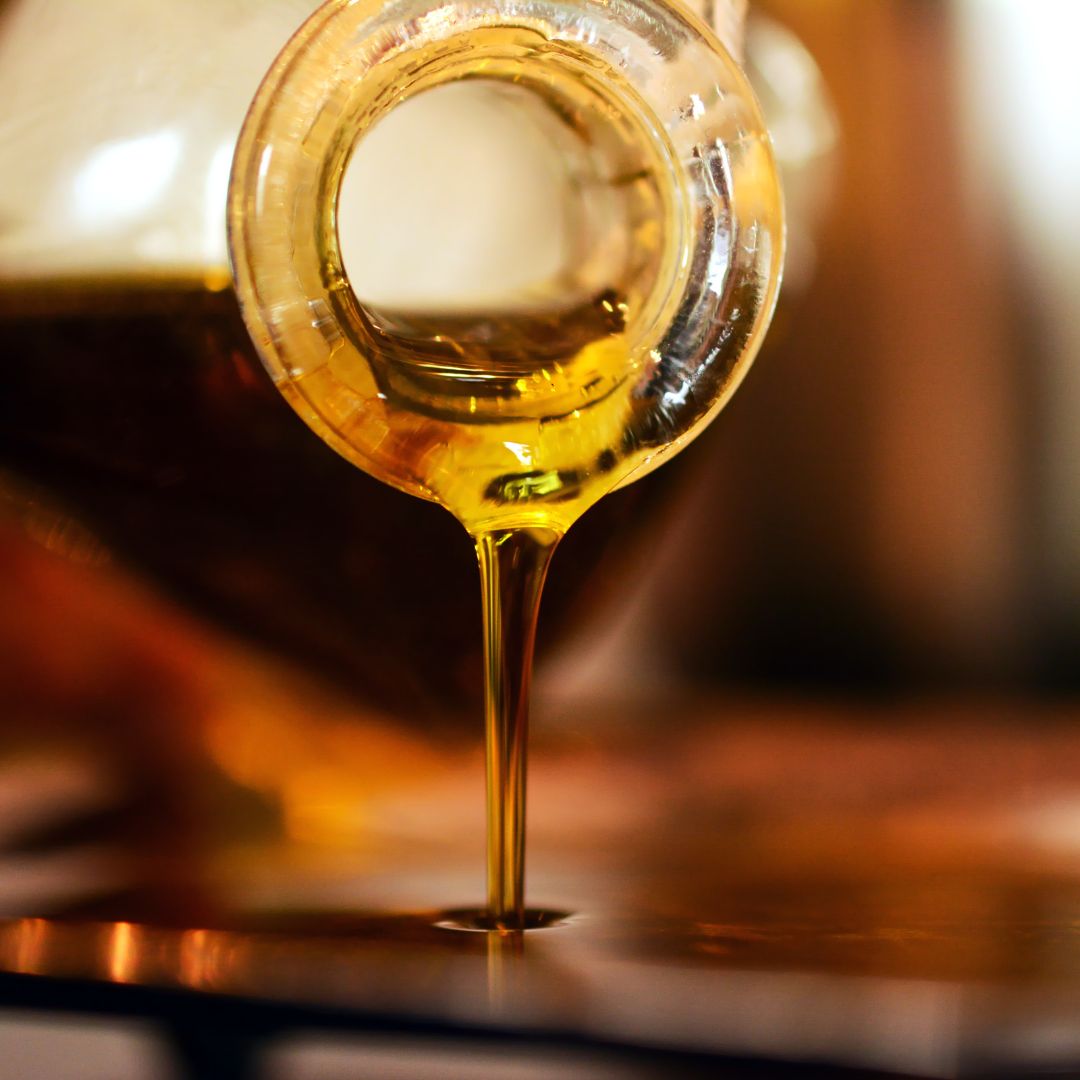
Good Fats vs. Bad Fats: Understanding the Impact on Your Health
In recent years, dietary fat has been a topic of intense debate. Once vilified as a primary contributor to heart disease and obesity, fats are now recognized for their essential role in a balanced diet. However, not all fats are created equal. This comprehensive guide will explore the differences between good fats and bad fats, their impact on health, and how to incorporate healthy fats into your diet while minimizing harmful ones.

The Importance of Dietary Fats
Fats are one of the three macronutrients necessary for human health, alongside carbohydrates and proteins. They serve several crucial functions in the body:
- Energy Source: Fats provide a concentrated source of energy, offering 9 calories per gram—more than double that of carbohydrates and proteins.
- Nutrient Absorption: Certain vitamins (A, D, E, and K) are fat-soluble, meaning they require fat for absorption.
- Cell Structure: Fats are integral to cell membranes, influencing their fluidity and function.
- Hormone Production: Fats play a role in producing hormones that regulate various bodily functions.
Types of Dietary Fats
Dietary fats can be categorized into four main types:
- Saturated Fats
- Trans Fats
- Monounsaturated Fats
- Polyunsaturated Fats
Understanding these categories is essential for making informed dietary choices.
1. Saturated Fats
Saturated fats are typically solid at room temperature and are primarily found in animal products and some plant oils. Common sources include:
- Red meat
- Poultry
- Full-fat dairy products (butter, cheese)
- Coconut oil
- Palm oil
Health Implications: Traditionally, saturated fats have been linked to increased levels of LDL (bad) cholesterol and a higher risk of heart disease. However, recent studies suggest that the relationship may not be as straightforward as once thought. While it is still advisable to consume saturated fats in moderation, some sources indicate that not all saturated fats have the same effects on health.
2. Trans Fats
Trans fats are artificially created through hydrogenation, which solidifies liquid oils to improve shelf life and texture in processed foods. Common sources include:
- Margarine
- Snack foods (chips, cookies)
- Fried foods
- Baked goods (pastries)
Health Implications: Trans fats are considered the most harmful type of fat. They not only raise LDL cholesterol levels but also lower HDL (good) cholesterol levels, significantly increasing the risk of heart disease and stroke. The World Health Organization recommends eliminating trans fats from the food supply entirely.
3. Monounsaturated Fats
Monounsaturated fats are typically liquid at room temperature and are found in various plant-based oils and foods. Common sources include:
- Olive oil
- Avocado
- Nuts (almonds, cashews)
- Seeds (pumpkin seeds)
Health Implications: Monounsaturated fats have been shown to improve heart health by lowering LDL cholesterol levels while raising HDL cholesterol levels. They also provide anti-inflammatory benefits and may reduce the risk of chronic diseases.
4. Polyunsaturated Fats
Polyunsaturated fats are also liquid at room temperature and can be further divided into two main categories: omega-3 fatty acids and omega-6 fatty acids.Sources:
- Omega-3 Fatty Acids: Fatty fish (salmon, mackerel), flaxseeds, walnuts, chia seeds.
- Omega-6 Fatty Acids: Vegetable oils (corn oil, soybean oil), nuts, seeds.
Health Implications: Polyunsaturated fats can help lower LDL cholesterol levels and reduce inflammation in the body. Omega-3 fatty acids, in particular, are known for their heart-protective effects and benefits for brain health.
The Balance Between Good and Bad Fats
Understanding the difference between good and bad fats is crucial for maintaining a healthy diet. Here’s how to strike a balance:
- Limit Saturated Fats: Aim to keep saturated fat intake to less than 10% of total daily calories as recommended by dietary guidelines.
- Avoid Trans Fats: Eliminate trans fats from your diet as much as possible by avoiding processed foods that contain partially hydrogenated oils.
- Choose Healthy Fats: Incorporate monounsaturated and polyunsaturated fats into your meals by using olive oil for cooking, snacking on nuts, or adding avocado to salads.
- Focus on Whole Foods: Prioritize whole foods that naturally contain healthy fats over processed options.
Practical Tips for Incorporating Healthy Fats into Your Diet
- Cook with Healthy Oils: Use olive oil or avocado oil instead of butter or margarine when cooking or dressing salads.
- Snack Wisely: Choose nuts or seeds as snacks instead of chips or sugary treats.
- Add Fish to Your Diet: Aim for at least two servings of fatty fish per week to boost your omega-3 intake.
- Experiment with Avocado: Use avocado in salads, smoothies, or as a spread on toast instead of butter.
- Read Labels Carefully: Check food labels for trans fat content and avoid products with partially hydrogenated oils.
FAQs
What are dietary fats and why do we need them?
Fats are essential macronutrients that play a crucial role in various bodily functions. They provide energy, support cell production, vitamin absorption, hormone production, and nerve function. Fats also help keep our skin soft and protect our skeleton. The USDA recommends that adults get 20%-35% of their calories from fats, with a minimum of 10%.
What are good fats and why are they good for me?
Good fats are primarily unsaturated fats, including monounsaturated and polyunsaturated fats. When consumed in moderation and used to replace saturated or trans fats, they can help lower cholesterol levels and reduce the risk of heart disease. They can also decrease the risk of heart attack and inflammation. Monounsaturated fats are found in olive, canola, and peanut oils, avocados, nuts, and seeds. Polyunsaturated fats are found in vegetable oils like corn, sunflower, and safflower oil, soybeans, legumes, grains, and nuts. These fats provide essential nutrients like omega-3 and omega-6 fatty acids and vitamin E, which the body can’t produce on its own.
What are bad fats and why are they bad for me?
Bad fats include saturated and trans fats. These fats can raise cholesterol levels, clog arteries, and increase the risk of heart disease, diabetes, and some cancers. Saturated fats are found in animal products like meat, poultry, high-fat dairy, and eggs, as well as in tropical oils like coconut and palm oils. Trans fats should be avoided, while saturated fats should be eaten very sparingly. Health organizations often recommend limiting saturated fats to a certain percentage of total calories.
How do I incorporate more good fats into my diet and limit bad fats?
To incorporate more good fats, use plant-based oils like olive oil, canola oil, or sesame oil instead of solid fats like butter or shortening. Snack on nuts, seeds, and avocados. Include fatty fish like salmon in your diet to get omega-3 fatty acids. To limit bad fats, choose lean meats and poultry without skin, and opt for low-fat or fat-free dairy products. Limit processed and fried foods, as they often contain trans fats.
Are all saturated fats equally bad?
New research suggests that fats are more on a continuum of good to bad than previously thought. While trans fats are consistently harmful, saturated fats are not currently definitively linked with increased heart disease risk. However, they likely aren’t as healthy as monounsaturated and polyunsaturated fats. Some studies suggest that saturated fats from dairy, poultry, and certain vegetable oils may be neutral or even heart healthy. It’s important to consider the overall food matrix and dietary pattern rather than focusing solely on individual fats.
How much fat should I be eating overall?
Even good fats are high in calories, so it’s important to moderate your overall fat consumption. Aim for 20%-35% of your daily calories from fat, as recommended by dietary guidelines. Focus on replacing bad fats with good fats rather than simply adding more fat to your diet.
Conclusion
Understanding the differences between good fats and bad fats is essential for making informed dietary choices that promote overall health. By focusing on incorporating healthy monounsaturated and polyunsaturated fats while limiting saturated and eliminating trans fats from your diet, you can support heart health, reduce inflammation, and enhance your overall well-being.Incorporating these principles into your lifestyle will not only improve your physical health but also empower you to make better food choices that contribute positively to your long-term wellness.
